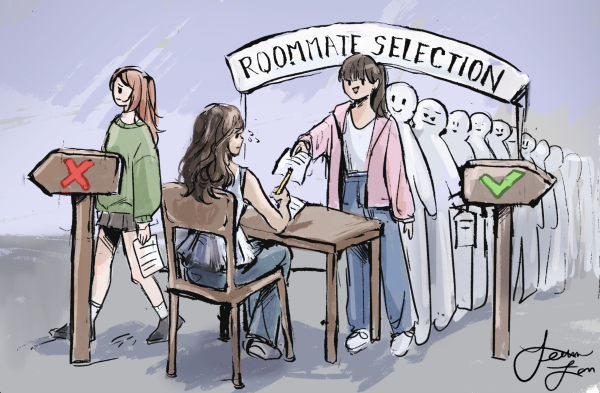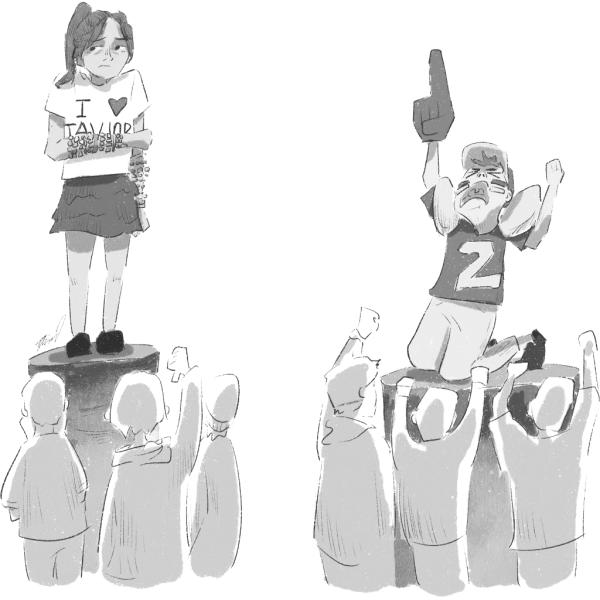Opinion: Recall elections waste taxpayer time, money
September 17, 2021
If you’ve at all been conscious of what’s been going on in the Californian political sphere, you’ve probably noticed the recall of governor Gavin Newsom. You may have even seen the yellow “Recall Newsom” signs that have sprouted up on street corners and front lawns. For those unsure about what the yellow square means, here’s a quick breakdown. Conservatives have been pushing to recall Newsom for a while now, citing his “leftist beliefs” concerning the death penalty, gun control, taxes, and Trump’s crackdown on undocumented immigrants. Pre-pandemic recall attempts against Newsom generally fell flat, but were invigorated by both Democrats and Republicans due to his handling of the COVID-19 pandemic. He was also caught blatantly disobeying his own pandemic guidelines at a dinner party last November, sparking social media outrage.
The recall itself is a right granted in the California constitution that allows voters to “express their dissatisfaction with their elected representatives.” To recall a governor, 65 people must sign a notice-of-intent-to-recall petition. Then, petitioners move to obtain a quantity of signatures equal to 12% of the total votes cast in the previous election. Of these votes, they must be distributed throughout at least five counties that equal one percent of the previous vote. This then triggers a recall election, potentially leading to the governor’s removal from office.
While this all seems good and well, the recall election process is actually deeply flawed. The ballot is basically broken down into two parts. First, the voter is offered the option to either recall or not recall. The voter is then allowed to pick an alternate candidate who would replace the standing governor if they were to be recalled. Should the majority of voters opt to recall, the governor would be replaced with the alternate candidate who received the highest percentage of the vote. This two-step process that utilizes a preliminary yes-or-no vote and a subsequent highest percentage vote allows for a less popular candidate to assume power just because the standing governor lost the first vote.
For example, imagine that Olivia Rodrigo’s on the docket for recall. Let’s say that only 49% of voters endorse Rodrigo in the preliminary yes-no vote, effectively recalling her. Thus, the governor position is passed on to the replacing candidate with the next highest endorsement percentage. In this case, that candidate is Taylor Swift who received 10% of the popular vote. Under the current system Swift beats out Rodrigo in the recall election even though Swift had a 39% vote deficit. This mechanism is wholly undemocratic and baffling.
In a popular vote democracy, we should be headed by a person who is deemed by the people to be most fit to lead. Thus, a recall election should bring into question whether the current governor is still the top choice of the people, not gauge the governor’s ability to be favored over the combined backing of every other candidate. This system as it is leaves itself vulnerable to a perpetual cycle of recalls and re-elections, simply because each individual’s favorite candidate wasn’t elected.
To make matters worse, each recall brings a significant price tag. The Newsom recall is going to cost the state $276 million brought about by a mix of labor and ballot printing costs and a hefty $34 million fee to the Secretary of State’s office. Since 1913, there have been 55 attempts at governor recalls in California, each and every one of them bringing along with them a potential price tag in the hundreds of millions. Even the state government isn’t really sure where the money is going to be coming from, but it’s inevitable that some form of retribution will be slapped onto the taxpayer’s paycheck.
Beyond any financial or structural argument, I have to ask: Is this how Californians want to see their state run? Should voters babble and cry for a recall every time their favorite candidate loses?
It’s frankly astounding to me that the adult population of California can’t understand the kindergarten concept of “You Get What You Get And You Don’t Throw A Fit”—it seems like the state has forgotten what it means to have a workable democratic government.
It must be understood that in a democracy citizens must be somewhat content living under a leader who’s not their first choice.
To clarify, I am not advocating for the recall system to be completely abolished; it’s completely necessary for the people to ultimately have the power to remove an unfit leader from office. However, I think this power should be limited to exactly that: to remove those with gross negligence or positional abuse. Those who push policy that can be reasonably justified or break their own quarantine guidelines at a posh French restaurant don’t fit that bill.






